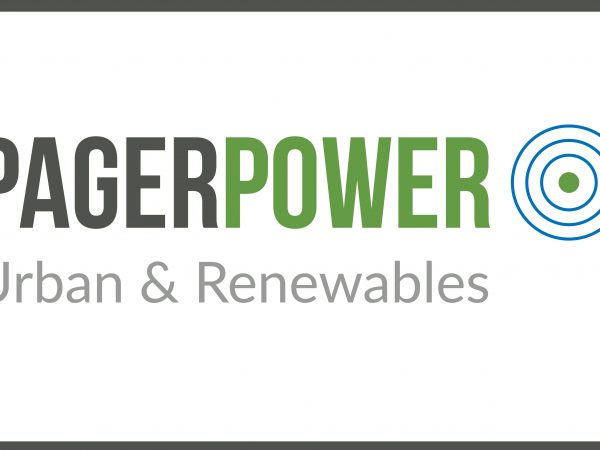Download the First Edition of our Telecommunications White Paper PDF here.
Parts 1-3 of this series presented a refresher course in dealing with wind farm and point-to-point telecommunications issues, a recap on understanding the interference mechanisms and a photographic encyclopaedia of telecommunications equipment. Part 4 of this series presents an overview of the stakeholder consultation process and how this should be navigated.
Why is Consultation Required?
Wind turbines may interfere with wireless point-to-point communications infrastructure and it is considered best practice to consult and undertake a Telecommunications Impact Assessment as part of the planning application. This is also often a requirement from the planning authority however it is rare that they would have a database of the most relevant communications stakeholders to consult as part of the statutory consultation process. Therefore it is the responsibility of the developer to undertake this assessment, and this is often conducted by a suitably qualified expert who will consult and undertake the appropriate analysis. Publicly accessible databases (such as Ofcom from the UK) may not provide the most up-to-date infrastructure details, therefore consultation is key to appropriately understanding the possible site constraints.
How Does the Consultation Process Work?
Consultees include those who safeguard mobile phone, utility and emergency services infrastructure. Sometimes local or site-specific stakeholders will also need to be included, such as those who provide local wireless broadband networks or specific police services, however it may not be possible to capture all possible consultees. Therefore it is standard practice to consult with the most common, with others hopefully being identified throughout the planning process.
Consultation is typically undertaken in writing with the stakeholders. Requests are made for the most up-to-date communications infrastructure that exists in proximity of the development site so that the assessment of a specific wind turbine layout can be made, or so that a constraints map can be produced.
Some stakeholders will provide this information, including some initial safeguarding advice, however others will request that they undertake their own assessment for a fee. Some stakeholders will also seek to keep their infrastructure details confidential.
How Long Does the Consultation Process Take?
The consultation process can take anywhere between days to several months, with different stakeholders having different response times. It is recommended that consultation is undertaken as early as possible in the project timeline so that the most common constraints can be identified. This can then feed into the site design and constraints mapping. It is rare that a telecommunications issue presents a showstopper, however mitigation being required through re-routing links, or some other option, is not uncommon. In the worst cases, a turbine may need to be dropped from a scheme, and in fewer instances again, this could render a development economically unviable.
If a stakeholder response is not received, and suitable chasing and availability to provide such data have been made, then it is reasonable to assume that the stakeholder has no concerns. In this instance, evidence of the consultation process should be provided to the planning authority. This approach does leave the risk of an objection at a later stage of the application once the planning application is submitted, but it does provide evidence that best-practice has been followed throughout the pre-application process.
How Should the Point-to-Point Link Details Provided be Used?
Once all stakeholders have responded, detailed analysis should be undertaken considering the relevant diffraction and reflection criteria. The associated diffraction exclusion zones should then be assessed against a specific wind turbine layout and dimensions, or plotted as a constraints plan. For reflection effects, the assessment criteria is more dynamic and therefore it may not be possible to produce a constraints plot. It remains important to know which turbines are producing the most significant reflection effect so that suitable advice can be provided.
Summary
Early consultation is key to identifying potentially significant site constraints. Whilst it is rare that telecommunications point-to-point link issues present showstoppers, it is not uncommon for mitigation to be required, which can increase costs at the panning stage (in terms of finding and agreeing to a suitable solution), and then again at the post-consent stage, where a developer would be liable for paying the mitigation fees. Understanding site constraints early is therefore important for reducing the likelihood of last-minute telecommunications issues arising.
Additional Resources
Further information on communications issues surrounding wind farms can be found in the following articles:
- Refresher Course in Wind Farms and Point-to-Point Telecoms Issues – Part 1 – Overview
- Refresher Course in Wind Farms and Point-to-Point Telecoms Issues – Part 2 – Interference Mechanisms
- Refresher Course in Wind Farms and Point-to-Point Telecoms Issues – Part 3 – Photographic Encyclopaedia
- Communications planning issues for wind turbines
- What is a Fresnel zone
- Wind turbine terrestrial television interference
Click here to read the next article in this series, which provides an example wind development assessment against representative point-to-point telecommunications infrastructure to highlight how an assessment may be presented and the benefits it provides.
About Pager Power
Pager Power undertakes technical assessments on behalf of developers, which include assessing whether a proposed development infringes instrument flight procedures and would cause a problem for said technology. For more information about what we do, Please get in touch.
Thumbnail image accreditation: Sam Forson, March 30th 2017 on Pexels.com. Last accessed on 15th March 2023. Available at: https://www.pexels.com/photo/three-gray-wind-turbine-243138/



